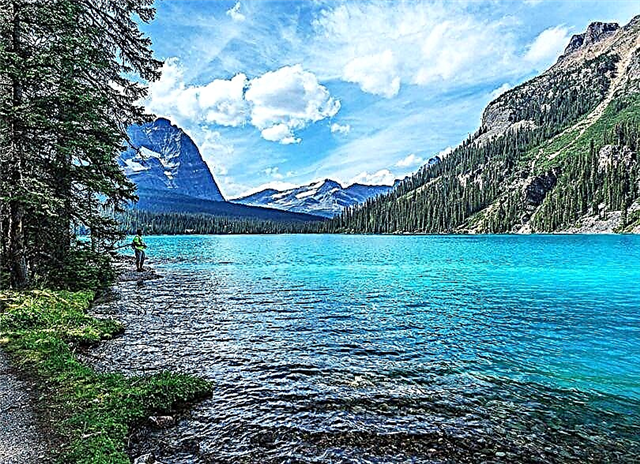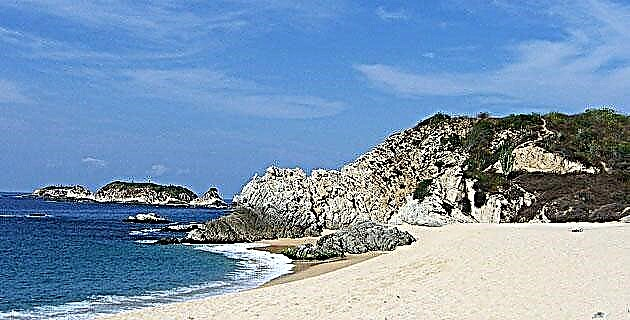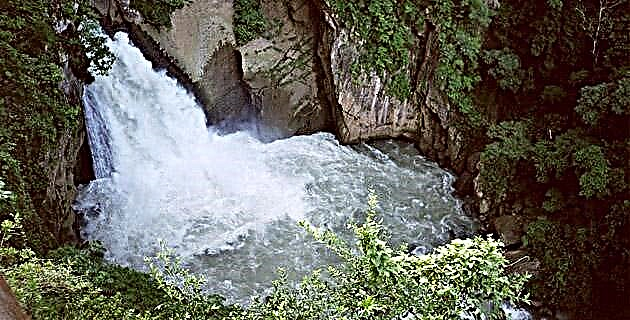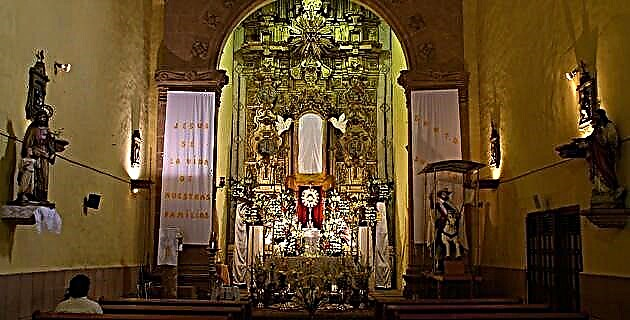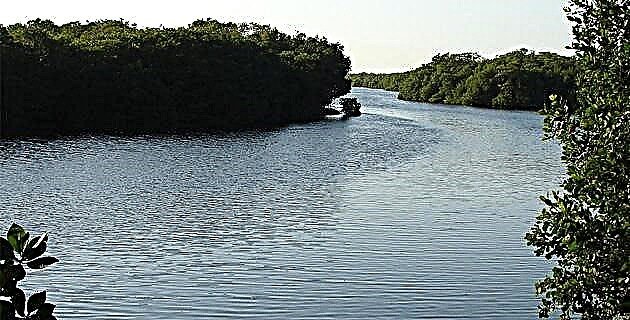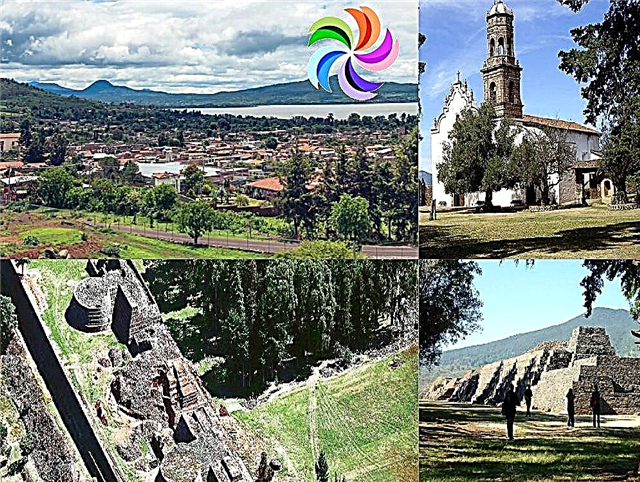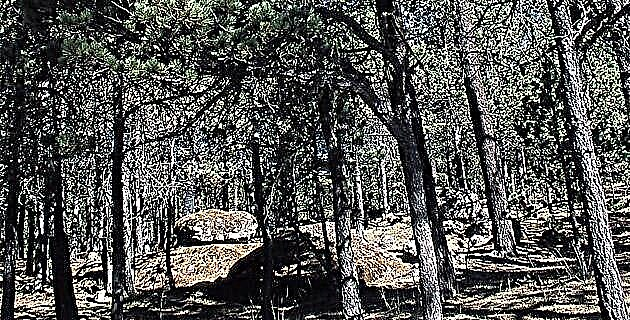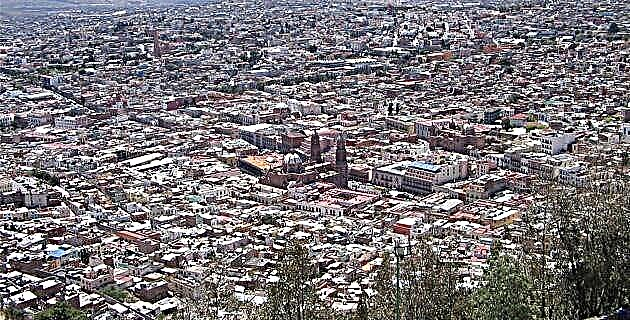
Enjoy one of the most representative colonial cities in Mexico. Its old buildings will tell you about the history of its people.
The cities established in Mexico during the Colony could not always settle in a suitable place, due to their topography, to produce a clear urban structure that was easy to subdivide, like the grid that the Spanish colonial administration pursued with systematic determination.
Mining cities simply appeared in those places where the metalliferous veins were found, and if this happened in remote places, difficult to access and with problems to build on their land, one could only resign. In Mexico the best known cases of settlements of this type are Guanajuato, Taxco and Zacatecas. These populations, without the grid that produces urban perspectives of great similarity and not a little monotony, instead have views of enormous appeal and variety, full of surprises: their irregularity becomes an undoubted aesthetic advantage.
The original inhabitants of Zacatecas, the Zacatecos, put up strong resistance to the first Spanish attempts to occupy the site, around 1540. The mineral wealth prevailed and the Spaniards stayed.
The ravine in which the city would grow generates a fabric of very capricious streets, which suddenly widen to form a square, like the main one, whose limits its founders failed to notice, confused with the elongated street, to which its buildings give more important, such as the cathedral, whose ornate façade leaves the first-time visitor speechless. This building began around 1730 as a parish and its design is attributed to the architect Domingo Ximénez Hernández. In 1745 the great façade was completed, which rises like a gigantic altarpiece embedded between the bases of the towers. The ornamental columns are all profusely carved, in strong relief (sometimes up to ten centimeters). Thirteen niches house Christ and the twelve apostles. Other iconographic elements refer to the Immaculate Conception, the Trinity and the Eucharist, symbolized by bunches of grapes and angels with musical instruments. The finish, as Robert J. Mullen points out, “is a prodigy of intricate sculpture. Deeply sculpted flower arrangements, with distinctive and uniquely delineated designs, with deep carved grooves, make up the frame, which flows continuously along the edges of the third body panoply. Not an inch of the space thus delimited was left empty ”.
The cathedral is testimony to the prosperity of the Zacatecan mining industry in the mid-seventeenth century and throughout the eighteenth century, and therefore most of the important colonial buildings in the city date from this period. The temples of Santo Domingo, of San Agustín (converted into a museum, and with a beautiful relief on its north portal) and of San Francisco (no longer the vaults of its roof, and whose former convent is now the Museum of the Rafael Mask stand out). Coronel), as well as the former Jesuit college, which houses the Pedro Coronel Museum. Among the civil buildings it is worth mentioning the Palacio de la Mala Noche, today the Supreme Court of Justice, the current Municipal Presidency, the Rectory of the University and the Casa de la Condesa. The Calderón Theater dates from the 19th century, while the former Mercado González Ortega is a notable Porfirian building, and the house that houses the Goitia Museum is an interesting example of academic architecture from the same period. The San Pedro bullring, now a hotel, is worth seeing. The beautiful view of the city from the Cerro de la Bufa should not be forgotten. Finally, a fact that cannot be overlooked is the fact that the historic center of the city of Zacatecas was declared a World Heritage Site in 1993.

